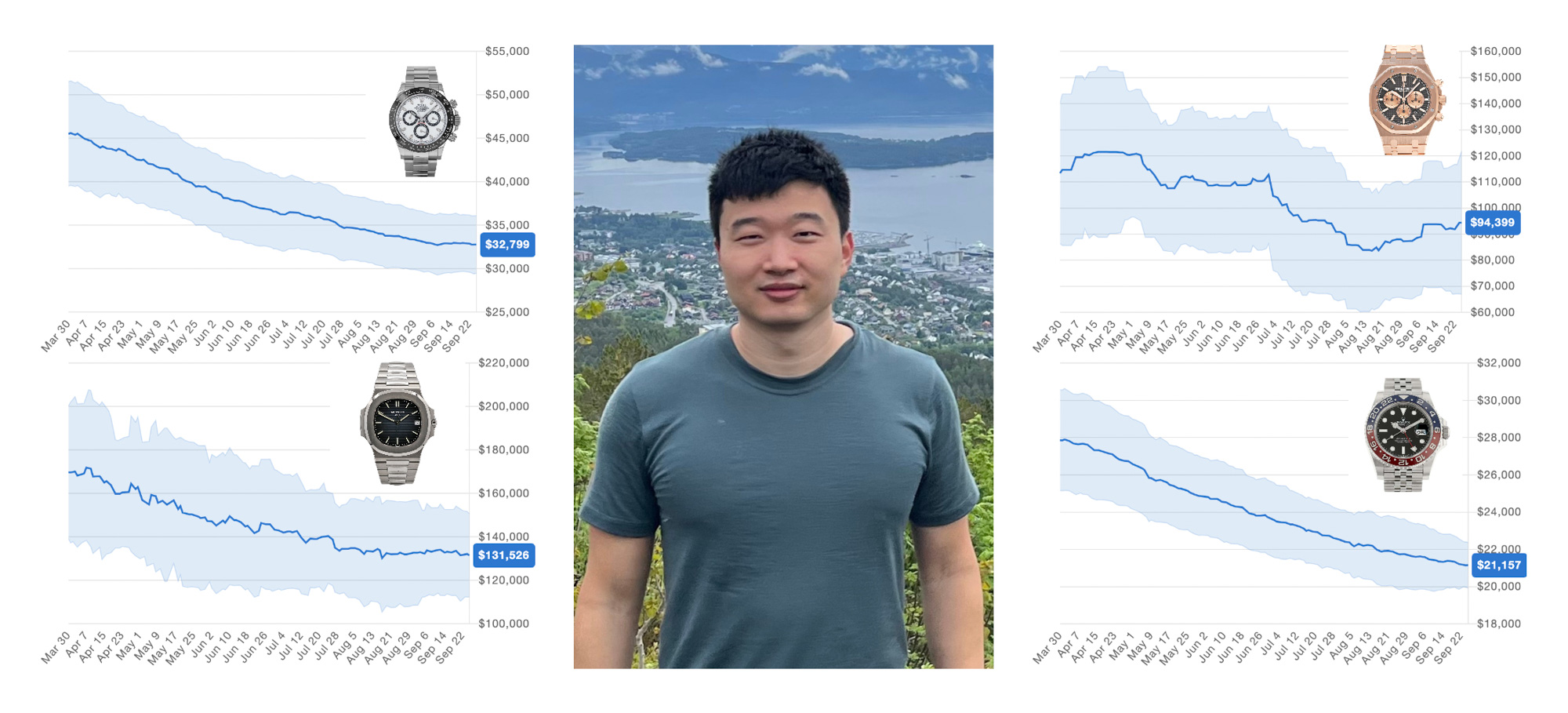
This is SUPERLATIVE: A Podcast about watches, the people behind them, and the worlds that inspire them. This week, our host and aBlogtoWatch Founder Ariel Adams is joined by Charles Tian the Founder of WatchCharts. To kick off the show, Ariel asks Charles about his data-based company that tracks the open-market prices for watches and how it caters specifically to individual collectors and enthusiasts, rather than being primarily intended for dealers and other companies. Charles and Ariel then discuss the different motives that people have for selling watches, the concept of value retention, and how many genuine enthusiasts typically sell the timepieces they aren’t wearing so that they can free up funds to ultimately buy and experience more watches. From there, Ariel and Charles discuss the validity of market prices when data is limited and whether or not the “market price” of certain models could essentially be considered fantasy, before diving into some of the details about WatchCharts itself, such as where it gets its data, how the company ensures data integrity, and a few ways that people can learn to identify reliable and high-quality data for themselves.
Ariel then asks Charles if he notices a difference in the pricing data from big auction houses compared to the data from the rest of the secondary market, and whether or not there have been any specific challenges sourcing data or parties upset about it being published. The two then talk about the recent report that WatchCharts created with Morgan Stanley that covers secondary market prices within the luxury watch industry, before getting into the details of the recent contraction in secondary market prices and whether or not it should be a surprise given how the industry had just experienced multiple years of end-over-end growth. Ariel and Charles then discuss how alternative platforms like WatchCharts can often serve as a better way to introduce people to new watches, compared to traditional sources such as Instagram, which often only show people the most popular types of brands and models. From there, the conversation shifts to some of the obstacles accurately measuring engagement, before the two close out the show by talking about the growing overlap and conflict of interest between media and advertising, and how greater access to information results in more educated consumers, which are essential to the long-term success of any industry.

Stay up-to-date with Charles and WatchCharts:
- Instagram — @WatchCharts
- Youtube — WatchCharts
- Website — www.watchcharts.com
Show Notes:
- 00:53 — What is WatchCharts, and how does it cater specifically to enthusiasts?
- 07:40 — The difference between selling a watch for profit and selling a watch so that you can buy and experience more watches.
- 12:48 — Is the market price of a watch essentially a fantasy?
- 20:06 — Where does WatchCharts get its data?
- 21:47 — How does WatchCharts ensure data integrity and how can people learn to identify quality data for themselves?
- 24:22 — Why prices from big auction houses often tend to be higher than the average market price observed within the industry.
- 27:39 — Have any people been upset about having pricing data published or have there been any unexpected challenges getting data itself?
- 34:37 — Working with Morgan Stanley to create a report on secondary market prices within the luxury watch industry.
- 38:23 — The recent contraction in secondary market prices.
- 46:45 — How platforms like WatchCharts can introduce people to new brands and help them discover new models.
- 52:53 — Accurately measuring engagement and the role of advertising within the watch industry.
- 56:27 — The growing overlap and the resulting conflict of interest between media and sales within the industry.
We’d love to hear from you with feedback or suggestions for future show topics or guests. Advertising opportunities are also available. Comment or contact [email protected].

